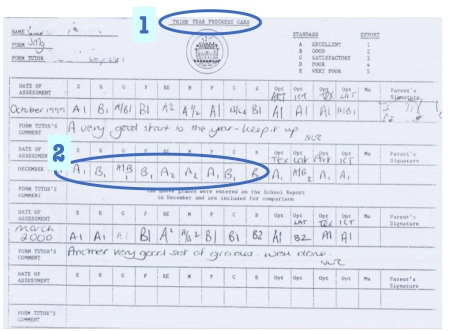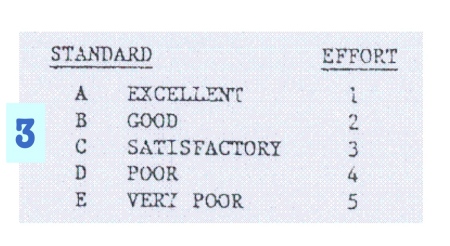The Educational News
.
Who’s involved? English Education Secretary, Michael Gove
.
What’s being proposed? The Academies Bill; all schools will have the opportunity to become an academy. (Presented to Parliament on Thursday).
What is an Academy? State-funded school with high degree of autonomy, much like an American charter school
What does this mean in layman’s terms? Schools will have more control over the curricula and teacher and staff pay.
The Pros? The freedom will allow schools to raise standards in new and creative ways and allow flexibility to provide for students.
The Cons? The change may fragment state education. Also underprivileged area may not benefit, as the best teachers get pulled to the academies (which receive more money).
How does School Choice International weigh in?
England certainly needs to strive for quality and equal education for all, regardless of the student’s socio-economic situation. A country’s ability to provide a high standard of education to all its citizens allows it to be successful in today’s global market; India’s tech boom is a case in point.
As long as this bill does not negatively impact the underprivileged, this bill could improve the English education system immensely. Giving schools more autonomy means differing curricula, more schooling options for children, and more opportunities for teachers to showcase their teaching abilities in new ways.
School Choice International believes in best fit when placing children in schools—students have a better chance of finding a good fit when there are more options. For instance, an outgoing child may like hands-on teaching style in one school’s curriculum, while a quieter child may thrive in a school that encourages discipline and structure.
Good luck England!




 Posted by findingschools
Posted by findingschools 





